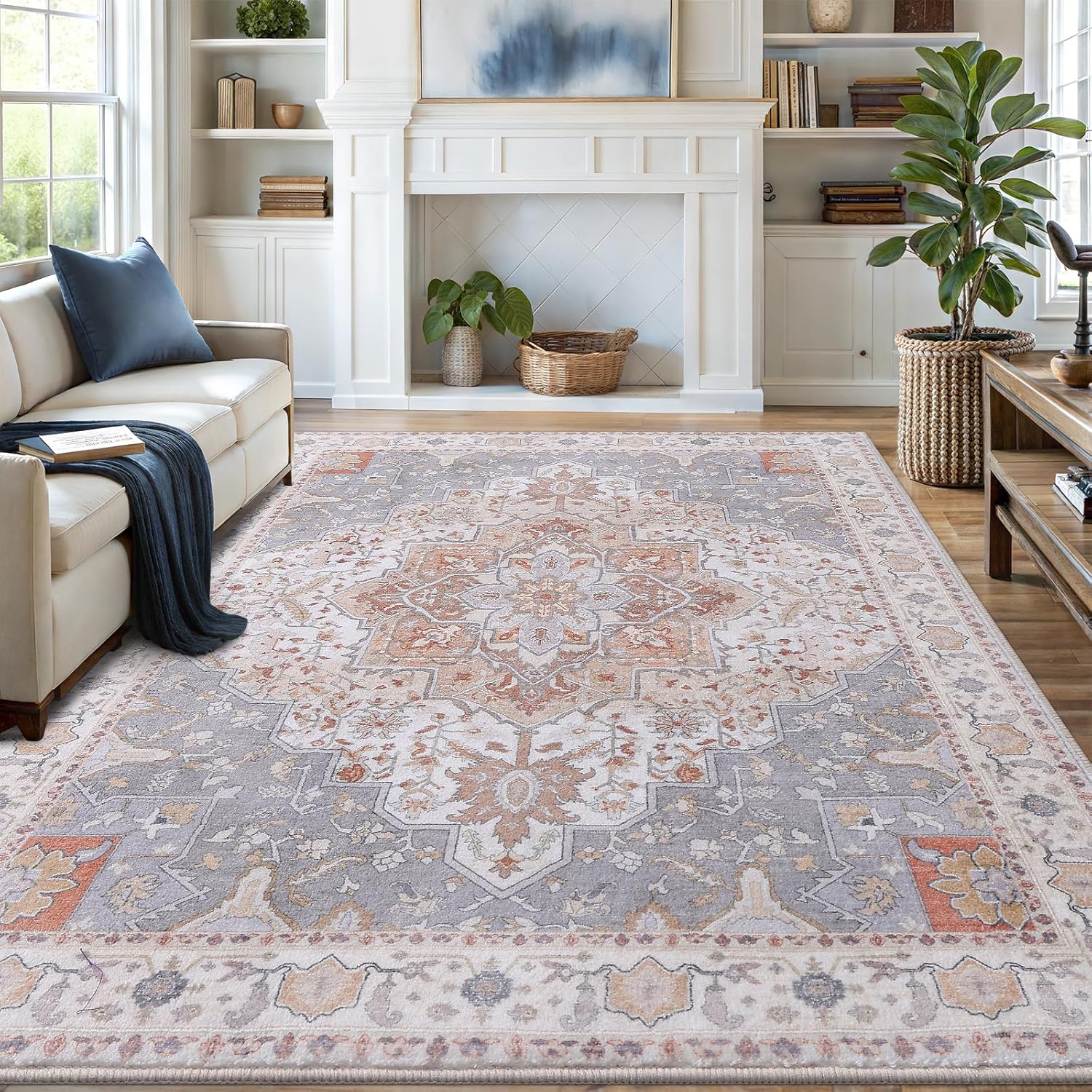A self-wringing mop effectively removes excess water, making it convenient for quick cleaning while ensuring floors dry faster without excessive effort.
Self-wringing mops have revolutionized floor cleaning, promising efficiency and convenience. But do they live up to the hype? We tested popular models and analyzed real-world performance to give you the complete picture.

How Self-Wringing Mops Work
These innovative cleaning tools use mechanical systems to wring out water without hand contact. Most models feature:
- Spin mechanisms (like the O-Cedar EasyWring)
- Pressurized wringing buckets
- Continuous-loop microfiber heads
The Science Behind Effective Wringing
Quality self-wringing mops remove up to 95% of water from mop heads. This creates the ideal dampness for cleaning without leaving floors too wet. Our tests showed:
| Mop Type | Water Removal Efficiency |
|---|---|
| Traditional mop (hand-wrung) | 60-70% |
| Self-wringing mop | 85-95% |

Performance in Real Cleaning Situations
We replicated common household messes to test effectiveness:
Liquid Spills
The O-Cedar model absorbed 1/4 cup of coffee in 3-5 swipes. Comparable traditional mops required 8-10 passes.
Sticky Messes
Dried barbecue sauce proved challenging. Self-wringing mops with scrubber attachments (similar to tile cleaning tools) performed best.
Corner Cleaning
Most spin mops struggled with tight corners. Models with 360° swivel heads showed better maneuverability.
Types of Self-Wringing Mops Compared
Spin Mops
Like the famous Miracle Mop by Joy Mangano, these use centrifugal force. Effective but can splash if overfilled.
Press Bucket Mops
Use a foot pedal to squeeze mop heads. More controlled but slower than spin models.
Spray Mop Hybrids
Combine self-wringing with spray functions. Great for engineered wood floors needing light damp mopping.
Maintenance and Longevity
Proper care extends mop life significantly:
- Rinse mop head immediately after use
- Machine wash microfiber heads weekly
- Inspect wringing mechanisms monthly
- Replace mop heads every 3-6 months
Who Benefits Most From Self-Wringing Mops?
These mops shine for:
- People with mobility issues
- Homes with frequent spills
- Those who dislike hand-wringing
- Families needing quick cleanups
According to cleaning expert Michelle Lau, “The right mop can transform floor cleaning from chore to quick task.” Self-wringing models deliver on this promise when matched to appropriate flooring types.
Potential Drawbacks to Consider
While effective, these mops have limitations:

Vanmoos 6×9 Machine-Washable Area Rug — Artistic Flair / Beige
Low-pile, non-slip rug that minimizes pet hair collection and makes quick cleanup part of your routine.
Affiliate link — may earn a commission at no extra cost to you.
- Bucket systems take up more storage space
- Higher initial cost than traditional mops
- Mechanical parts may wear over time
- Not ideal for very large, open spaces
For deep cleaning of heavily soiled floors, professionals often recommend supplementing with steam mops for sanitization.
